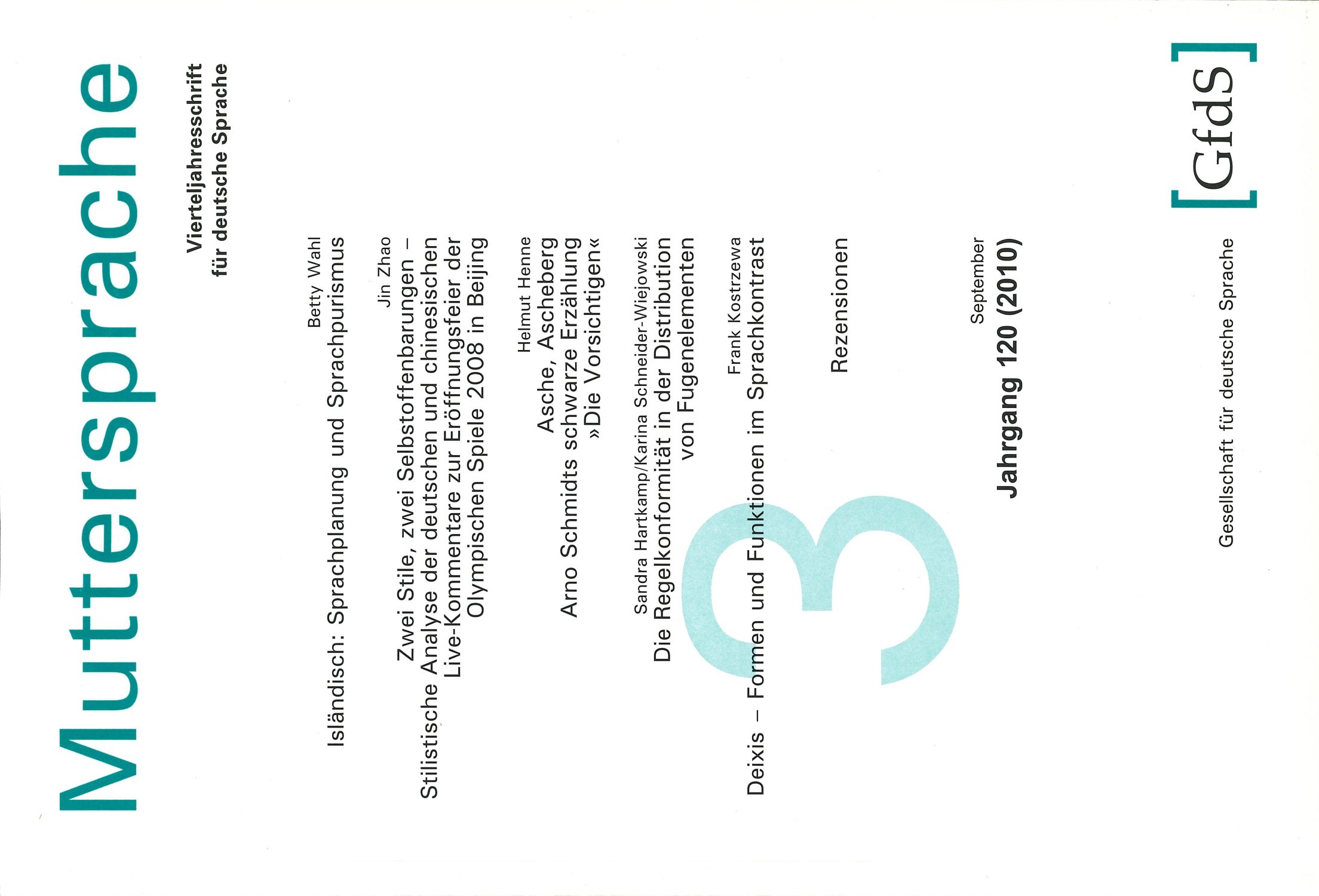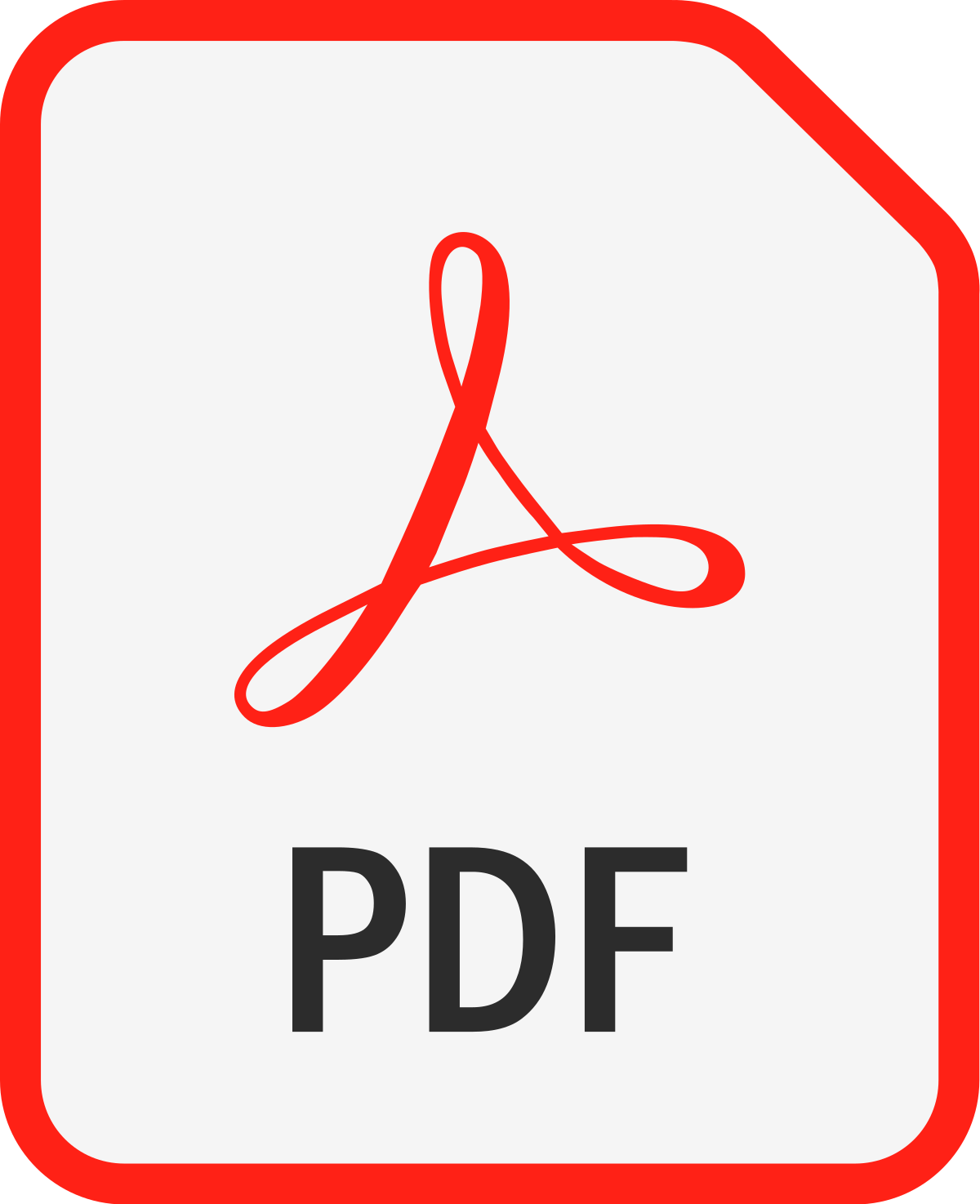Artikeldetails
Betty Wahl: Isländisch: Sprachplanung und Sprachpurismus (MU)

Produkttyp: Beitrag (Zeitschrift)
Autor(in): Betty Wahl
Titel: Isländisch: Sprachplanung und Sprachpurismus
Publikation in: Muttersprache, 120. Jahrgang, Heft 3
Seiten: 161–178 (18 Seiten)
Erschienen: 15.09.2010
Abstract: siehe unten

Preis: 4,90 € inkl. MwSt.
(Download)
Abstract
Die »Reinheit« ihrer Muttersprache zu bewahren ist lange Zeit ein Hauptbestreben der isländischen
Sprachgemeinschaft gewesen. Dies scheint auf eine tief verwurzelte Tradition zurückzugehen, die
auf einem sehr früh entstandenen Bewusstsein kultureller Identität basiert. Man nimmt an, dass
es bereits zur Zeit der Besiedlung von Island aufkam. Aber auch heutzutage sind Sprachkultur
und Sprachpolitik allgegenwärtige Themen des modernen Lebens.… , sie sind noch immer eine
Angelegenheit von geradezu nationalem Interesse und damit Grundelement des isländischen
Selbstbildes.
Das digitale Zeitalter und das Aufkommen der Neuen Medien haben die Sprachentwicklung massiv
beschleunigt und der »Reinheitsdiskussion« eine neue Dimension hinzugefügt.
Stellt die unverdorbene und ursprüngliche Muttersprache auch heute noch einen unangefochtenen
Wert dar? Kann sie noch als unverzichtbarer Bestandteil der isländischen Identität gelten?
Ist die isländische Sprachpolitik in der Lage, den Anforderungen einer globalisierten Welt,
dem Computerzeitalter und der digitalen Kommunikation zu begegnen? Ist es möglich – und
realistisch – die ursprünglichen Strukturen und den indigenen Wortschatz zu bewahren, ohne den
»Lebensnerv« der Sprache zu opfern, der zur mittelalterlichen Literatur und dem kulturellen Erbe
Islands zurückführte? Kann das Isländische als Nationalsymbol und Repräsentant der »Islandizität«
überdauern oder wird es in Zeiten von E-Mails, Chats und Weblogs früher oder später seinen
symbolischen Wert verlieren? Und wenn das eintreten sollte, wäre es dann sein unvermeidbarer
Niedergang?
In dieser Überblicksdarstellung wird die puristische isländische Tradition aus einer historischen,
soziolinguistischen und ideologischen Perspektive beschrieben. Zudem wird die aktuelle
Sprachsituation – in Zeiten, die durch Wandel, rasche Entwicklung und Neuorientierung geprägt
zu sein scheinen – kritisch beleuchtet: Wo steht das Isländische zu Beginn des 21. Jahrhunderts
in unserer globalisierten Welt? Wie kann es seine Position zwischen Isolation und Anpassung,
Traditionalismus und kosmopolitischer Offenheit behaupten?
Preserving the »purity« of their native language has been the main endeavour of the Icelandic
speech community for a long time. This appears to go back to a long and deep-rooted tradition
based on a very early notion of a strong cultural identity, which is believed to have emerged as
early as the time of the settlement of Iceland. But at the same time, language cultivation and
language policy are everyday issues in modern life, almost to the extent of being a matter of
national concern. Therefore, they themselves can be regarded as basic elements of Icelandic self�identity.
The digital age and the emergence of the New Media have rapidly accelerated language
development and have added an additional dimension to the purity discussion.
Does the unspoilt and archaic native tongue still represent an undisputed value? Can it nevertheless
still be called an indispensible feature of Icelandic national identity? Will Icelandic language policy
be able to allow the language to meet the requirements of a globalized world, the computer era
and the conventions of digital communication? Is it possible – and realistic – to preserve the archaic
structures and indigenous vocabulary without having to sacrifice that precious »vital nerve« which
has always lead back to medieval literature, the cultural heritage of Iceland? Will Icelandic survive as a national symbol, representing »Icelandicness«, or will it, in the age of emails, chats and
weblogs, sooner or later have to give up its symbolic value? And if so, will this lead to its inevitable
decline?
In this survey Icelandic purist tradition and the ideology behind it is described from a historical,
sociolinguistic, and ideological point of view. At the same time the present language situation –
which seems to be a time of change, rapid development and re-orientation – is critically examined:
Where does the modern Icelandic language find itself at the beginning of the 21st century in our
globalized world? How does it define its position between isolation and adjustment, traditionalism
and cosmopolitan openness?